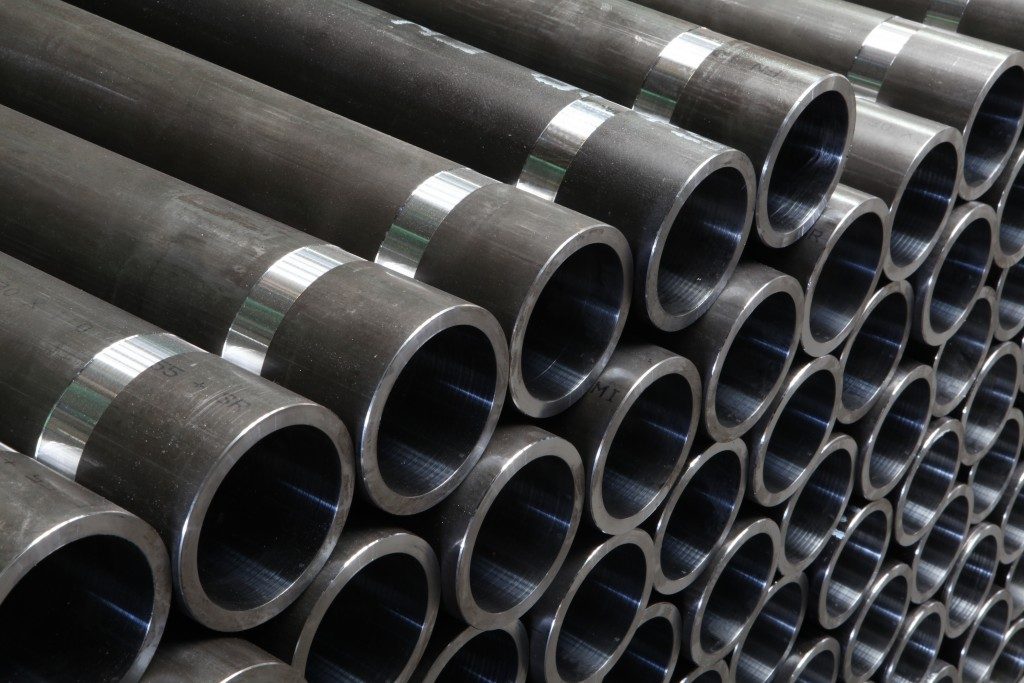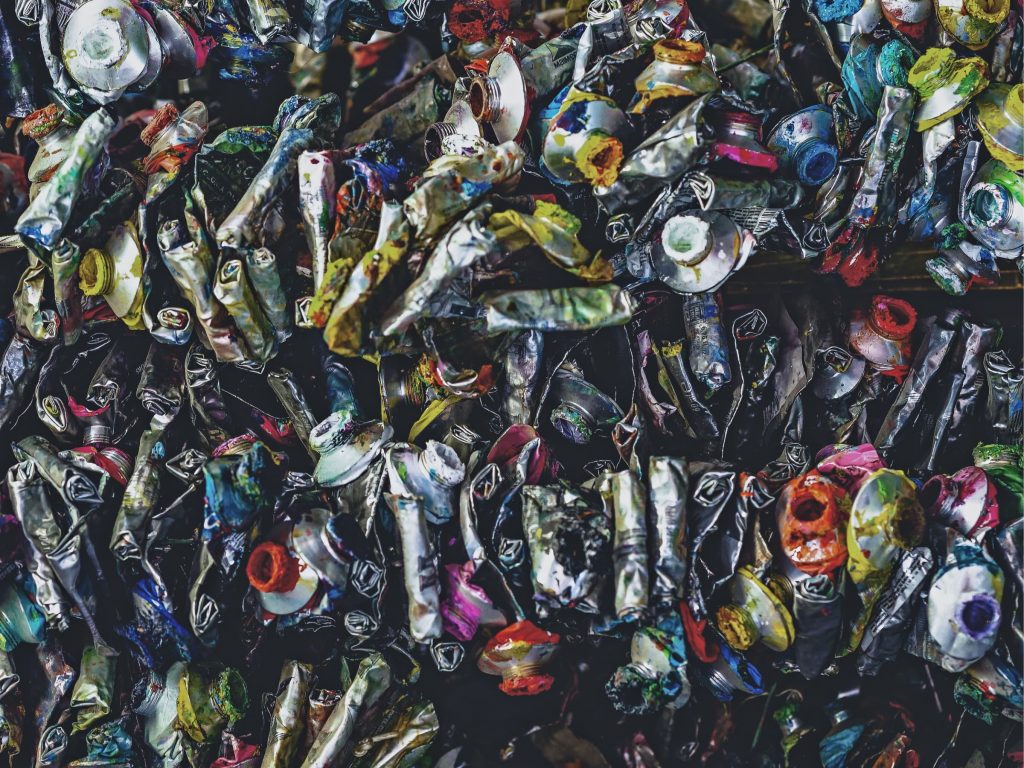Commercial piping systems will continue to remain relevant in the coming years. According to the forecast of Lucintel, its global demand could reach up to over $21 billion by 2023. From 2018 until the end of the forecast period, the compound annual growth rate (CAGR) could be more than 2%.
These industrial pipes possess a distinct advantage. One of these is their versatility. They are essential components for a wide variety of industries such as automotive, petrochemical, and power generation.
Other reasons could be increased population, infrastructure development, and replacement or maintenance of old systems. These pipes are also available in different materials, so there’s something suitable for a particular application:
1. PE100
PE stands for polyethylene, which is a thermoplastic material. Its raw material is petroleum. PE100, on the other hand, is high-density polyethylene, which gives it specific essential characteristics:
- Resistance to Cracking – These types of pipes can sustain extreme temperatures ranging from -30 degrees to 60 degrees Celsius. It also allows for an intense pressure of water to pass through without breaking.
- Long Lifespan – The best-quality PE100 pipes can last for more than 70 years, and they can extend their service life by 30 years more with proper maintenance.
- Low Thermal Conductivity – These pipes can maintain a more consistent temperature, reducing or preventing the need for insulation.
Like PVC (polyvinyl chloride) pipes, these are corrosion-free. But they are more advantageous when it comes to flexibility of installation. They can also handle natural gases, unlike PVCs. Overall, these fittings are ideal in underground projects that deal with sewage, water supply, and gas networks.
2. Stainless Steel
One of the advantages of stainless steel is it can be corrosion resistant. This is because it contains not less than 10% chromium. This chemical element can create a thin protective layer once oxygen hits the steel. It also gives the pipes their glossy finish.
Steel is a rigid material, but it’s malleable enough for manufacturers to customise its dimensions. It can help improve the ability to seal the systems. New technologies such as Europress might no longer require soldering or welding. It can significantly decrease the risks of injuries and installation time.
3. PP Polypropylene

PP polypropylene is another thermoplastic material from food-grade sources. It has high pressure and temperature ratings, which make it suitable for hot water. It can deform, but it also has an excellent tensile strength, which means it won’t break easily despite the deformity.
This material is ideal for the food and beverages industries for many reasons. One, it can manage acids and bases. It also doesn’t show cracking when exposed to chemicals. Second, it can maintain the temperature of the fluid, which is necessary for liquids such as milk.
Choosing the Right Pipes
There’s no such thing as the best pipes. The right one always depends on the need. It’s even possible to have different kinds of systems within the network. When in doubt, companies can always approach piping suppliers and consultants. They can recommend and provide the correct fittings. They can also customise a solution or design the ideal layout.




